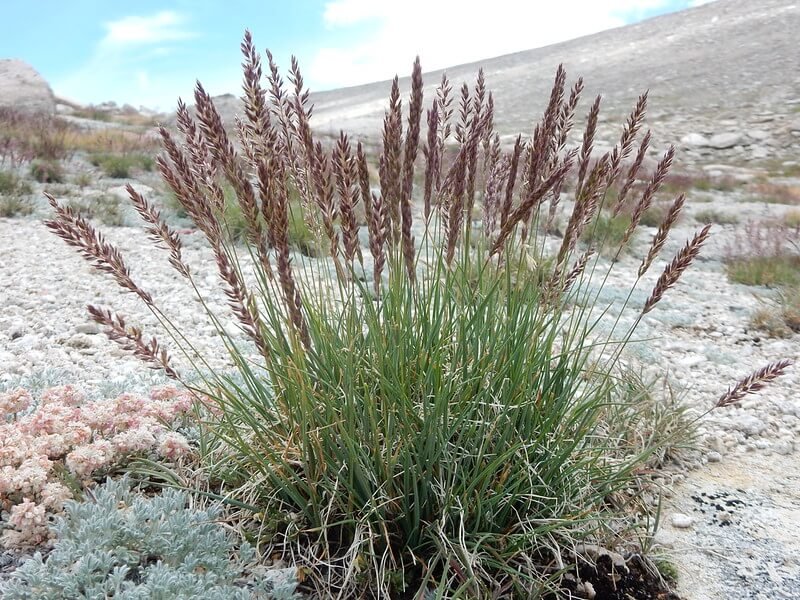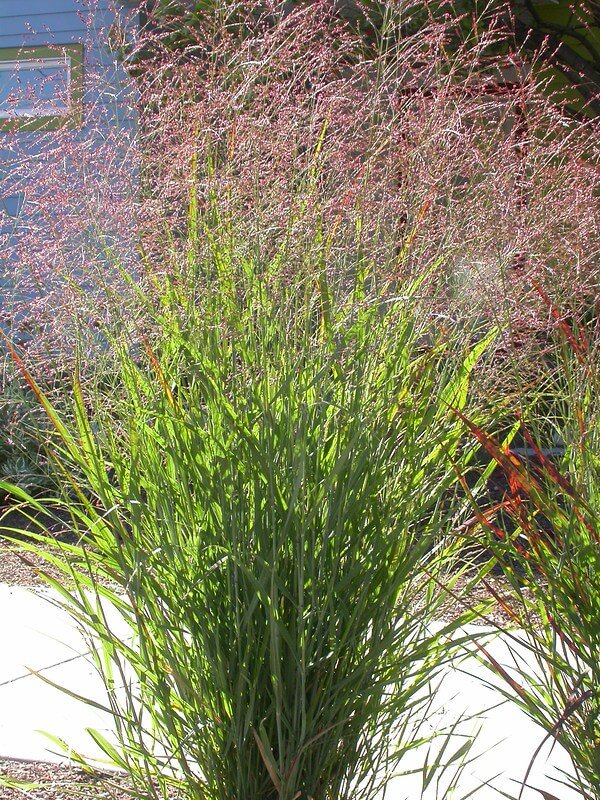Life Cycle: Perennial
Sun Exposure: Full
Soil Moisture: Medium, Medium-dry, Dry
Height: 1.5-2 feet
Plant Spacing: 10-12 inches
Bloom Time: June-July
Bloom Color:
Advantages: Bird Favorite, Deer Resistant, Great Landscape Plant
Host: 1 species of butterflies and moths use this as a caterpillar host plant in our area (nwf.org)






